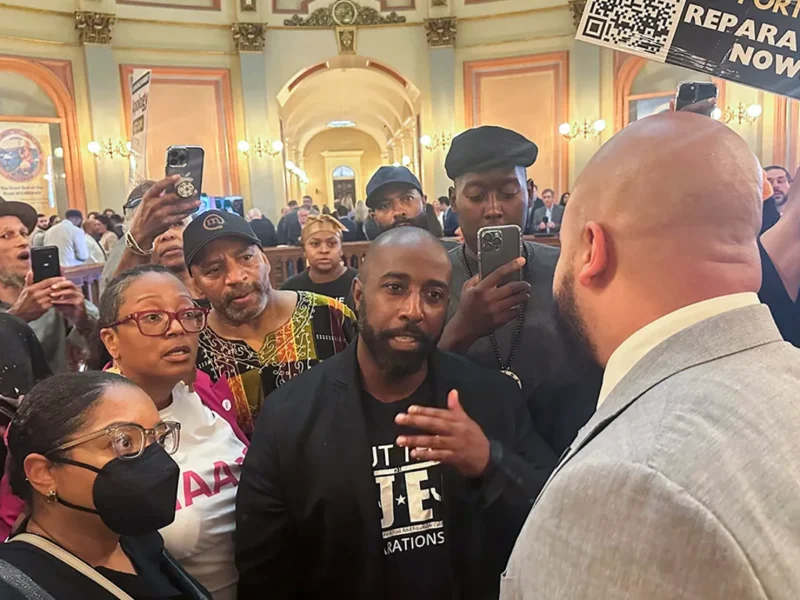Israeli High School’s Mock Elections Predict Winners
Blich Municipal School is known in Israel mainly for its predictive student mock elections, which are held shortly before the real Israeli elections for the Knesset. The school has 2,400 students in grades 9-12, with an average of sixteen classes.
Blich is an urban high school in the Israeli city of Ramat Gan. Its students come mainly from the center and south of Ramat Gan, which sits in central Israel adjacent to Tel Aviv. The high school is named after Moshe Blich, who was head of the Education Department in Ramat Gan during the tenure of the mayor, Avraham Krinitzi. It was formerly called Gazit High School.
The Ramat Gan neighborhood where Blich high school is located was once the eastern part of the Arab town of Salameh. The building that Blich high school now occupies then sat on what was a barren hill. It was one of five houses from which Muslim Arab snipers fired on Ramat Gan’s Jewish Israeli soldiers.
On the night of January 18, 1948, a Jewish platoon-sized force attacked at dawn, captured the hill, and blew up the sniper houses. The commander of the force, Ariel Anklewicz, was mortally wounded and died three days later. It was the first battle of the Alexandroni Brigade in Israel’s 1948 War of Independence.
In January 2008, on the 60th anniversary of this battle, a commemorative plaque was placed on the Blich campus, in memory of the military action and in honor of commander Anklewicz. For the many past decades since that war victory, the Israeli students of the school have held their mock elections close to the date of the real national elections.
In 1977, the tradition gained national renown, when that year’s mock elections by the students correctly predicted the real elections for the Ninth Knesset. 1977 was the year of the “upheaval”, as the party of Likud, headed by Menachem Begin, dethroned the Labor party—the majority party since the formation of Israel in 1948.
In 1992, the school’s mock elections gained wide notice again, when its students foresaw the rise of the Rabin government. The mock primaries for the Knesset at the school now attract many media outlets and create great interest within many of the candidates’ campaigns.
In 2019, the Blue and White party won the school’s mock elections for the twenty-first Knesset, with 47% of the vote, while Likud—the modern perennial winner—received only 21% of the vote.
That’s an interesting outcome, although far from a sure indicator that change is coming for the next Israeli prime minister. If anyone can escape such an electoral upset, it would be Bibi Netanyahu, the Houdini of Israeli politics.
Indeed, Bibi is widely considered to be the most masterful politician in Israel’s short, yet volatile political existence. To underscore the uncertainty, the mock results showed that the third-place party in the school elections was Meretz, an Israeli left-wing, progressive entity. It received 10% of the school vote. But it’s real support among the actual Israel electorate is only about 2%.
It would be expected that school teenagers with their limited life experience will lean toward a liberal, socially idealistic party. A similar phenomenon was found in the 2016 American youth sentiment, which went for “Democratic Socialist” candidate Bernie Sanders. Still, the Blue and White, a party formed only two months ago and headed by three Israeli generals, could become a real potential challenge to Bibi the political magician.
The national elections, scheduled to be held on Tuesday, April 9th are right around the corner. The adult Israeli voters will then decide who will be their next prime minister. And the school’s predictions will be either soon forgotten as irrelevant, or will be hailed as another spectacular accomplishment, for campaign strategists to watch even more closely.






